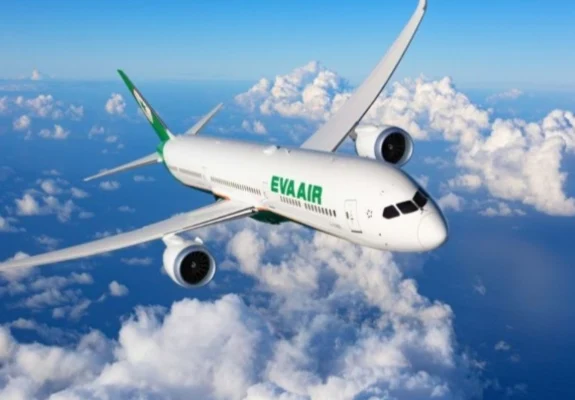Soaring towards Sustainability: Examining Asia's Airlines in a Greener Horizon
The aviation industry, while a vital cog in the global economy, faces a significant challenge: its environmental impact.
With growing awareness of climate change, airlines are increasingly focusing on sustainable practices to reduce their carbon footprint and operate more responsibly. This trend is particularly evident in Asia, a region witnessing rapid air travel growth. This article delves into the efforts of Asian airlines toward sustainability, analyzing their initiatives, progress, and challenges.
Statistics Painting the Picture:
To understand the context, let's look at some key numbers:
- Asia Pacific is the fastest-growing air travel market globally, accounting for 42% of total passengers in 2022, and expected to reach 50% by 2030 (IATA).
- The region's CO2 emissions from aviation reached 831 million tonnes in 2019, contributing 12% to global aviation emissions (ICAO).
- Airlines in the region are investing heavily in fuel efficiency, with new-generation aircraft offering up to 25% reduction in fuel burn compared to older models.
Taking Flight with Sustainable Practices:
Several Asian airlines are leading the charge in sustainable aviation:
- Singapore Airlines: A pioneer in fuel efficiency, it operates a young fleet and utilizes eco-friendly practices like ground power and optimized flight paths. It also invests in alternative fuels like sustainable aviation fuel (SAF).
- Cathay Pacific: Committed to carbon neutrality by 2050, the airline invests in fuel efficiency, carbon offsetting, and exploring biofuels and SAF. It actively engages stakeholders in sustainability initiatives.
- Japan Airlines (JAL): JAL focuses on fleet renewal, operational efficiency, and carbon offsetting. It participates in industry collaborations and aims to achieve net-zero CO2 emissions by 2050.
- Air India: Striving for a 30% reduction in fuel consumption by 2030, Air India invests in fleet modernization, operational improvements, and exploring alternative fuels. It aims to be net-zero carbon by 2070.
Table Sustainability Initiatives of Leading Asian Airlines
| Airline | Fuel Efficiency | Carbon Offsetting | Alternative Fuels | Carbon Neutrality Target |
|---|---|---|---|---|
| Singapore Airlines | Young fleet, eco-friendly practices, SAF investment | Yes | Yes (SAF) | 2050 |
| Cathay Pacific | Fleet renewal, operational efficiency, biofuel and SAF exploration | Yes | Yes (biofuels, SAF) | 2050 |
| Japan Airlines (JAL) | Fleet modernization, operational efficiency, carbon offsetting | Yes | Yes (SAF) | 2050 |
| Air India | Fleet renewal, operational improvements, alternative fuel exploration | Yes | Yes (alternative fuels) | 2070 |
Obstacles on the Flight Path:
Despite their efforts, Asian airlines face challenges:
- High cost of alternative fuels: SAF remains significantly more expensive than conventional jet fuel, hindering wider adoption.
- Infrastructure limitations: Airport infrastructure needs upgrades to handle alternative fuels efficiently.
- Government policies: Supportive policies like carbon pricing and tax breaks for sustainable practices are crucial but not uniformly implemented in the region.
Navigating the Turbulence:
To accelerate progress, several key actions are needed:
- Increased investment in research and development of cost-effective SAF.
- Collaboration between airlines, fuel producers, and governments to develop infrastructure and policies that support sustainable practices.
- Raising awareness among passengers and encouraging eco-conscious travel choices.
Conclusion:
Asian airlines are on a journey towards sustainable aviation. While challenges exist, the commitment to a greener future is evident in their initiatives. By working collaboratively and prioritizing innovation, the industry can ensure a responsible and sustainable future for air travel in Asia and beyond.



